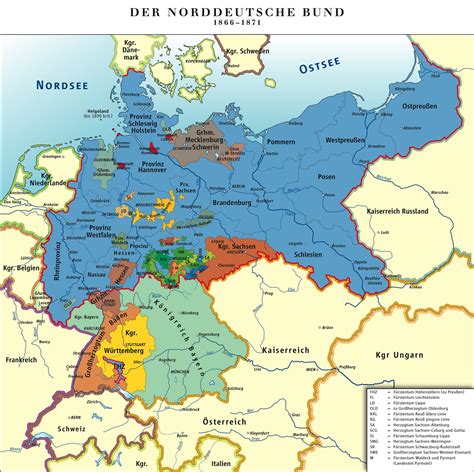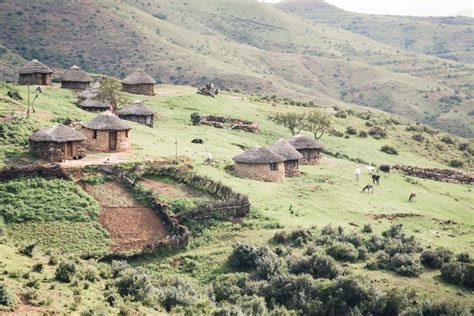Explore the historical influences on modern Laos, from ancient civilizations to the Laotian independence movement and modern political developments. Learn about Indian culture and the French colonial period.
Ancient Civilizations
Contents
Ancient Civilizations in Laos date back thousands of years, with evidence of human settlement as early as 8000 BC. The first known civilization in Laos was the Muang Sing Kingdom, which flourished around 2000 BC. This early civilization was known for its advanced agricultural practices and bronze metallurgy. The ancient Laotians developed sophisticated irrigation systems and built impressive temples and monuments, some of which still stand today as a testament to their ingenuity and cultural achievements.
Another significant ancient civilization in Laos was the Khmer Empire, which ruled over much of Southeast Asia from the 9th to the 15th centuries. The Khmer Empire had a profound influence on Laotian culture, particularly in the realm of art and architecture. Many of the famous temples in Laos, such as Wat Phu and Wat Si Saket, bear the distinctive Khmer-style design and reflect the lasting legacy of this ancient civilization.
In addition to the Khmer Empire, the Sikhottabong Kingdom also played a pivotal role in shaping the history of Laos. This ancient kingdom was a major center of trade and commerce, connecting the region with the rest of Asia. The Sikhottabong Kingdom left behind a rich legacy of art, literature, and religious traditions that continue to influence Laotian culture to this day.
Overall, the ancient civilizations of Laos laid the groundwork for the country’s rich cultural heritage and enduring traditions. Their innovations in agriculture, architecture, and trade have left an indelible mark on the landscape and identity of Laos, serving as a testament to the ingenuity and resilience of the early Laotian people.
Influence of Indian Culture
Lao culture has been influenced by a variety of different sources over the centuries, and one of the most significant influences has been that of Indian culture. This influence can be traced back to ancient times when trade and cultural exchange between India and Laos were well established. The spread of Indian religion, particularly Buddhism, had a major impact on Lao culture and society. The architectural, artistic, and linguistic influence of India can still be seen in Laos today.
One of the most obvious signs of Indian influence in Laos is the presence of Buddhist temples and stupas, which were built using Indian architectural styles and techniques. These structures often feature elaborate carvings and decorations that are reminiscent of Indian art and sculpture. The Lao language also contains many words that are derived from Sanskrit, the ancient language of India, as well as Pali, the language of the Buddhist scriptures.
In addition to religion and language, Indian culture has also influenced Lao customs and traditions. Many aspects of daily life in Laos, such as food, clothing, and social customs, have been shaped by Indian cultural practices. The use of spices and herbs in Lao cuisine, for example, can be traced back to Indian culinary traditions. Similarly, the wearing of sarongs, a type of traditional Lao garment, is believed to have originated from Indian clothing styles.
Overall, the influence of Indian culture on Laos has been profound and enduring. It has left its mark on every aspect of Lao society, from religion and architecture to language and everyday customs. Despite the passage of time, the ties between India and Laos remain strong, and the legacy of Indian cultural influence continues to be an integral part of Lao identity.
French Colonial Period
The French Colonial Period in Laos began in the late 19th century when France began to expand its empire into Southeast Asia. The French were interested in controlling the region for its rich natural resources, particularly rubber and timber. They established a colonial administration in Laos, known as French Indochina, which also included Vietnam and Cambodia.
During this time, the French implemented policies that exploited the local population and natural resources for the benefit of the colonial government and French businesses. The indigenous people of Laos were subjected to forced labor and heavy taxation, which led to widespread poverty and hardship.
One of the most significant impacts of the French Colonial Period was the introduction of Christianity and Western education to Laos. The French missionaries established schools and churches, and many Laotians converted to Christianity. However, this also led to social and cultural conflicts within the country.
In addition to economic and cultural changes, the French also imposed their legal and administrative systems on Laos. They established a bureaucratic government and enforced French laws, reducing the authority of traditional Laotian leaders and institutions.
The French Colonial Period came to an end in 1954 when Laos gained independence following the First Indochina War. However, the legacy of French colonialism continues to influence modern Laos, particularly in terms of language, religion, and legal systems.
Laotian Independence Movement
Laotian Independence Movement
The Laotian Independence Movement was a significant period in the history of Laos, marked by the efforts of the Laotian people to gain freedom from foreign rule and establish their own independent state. This movement was influenced by the wave of nationalism that swept across Southeast Asia in the mid-20th century, as countries in the region sought to break free from colonial control and assert their own sovereignty.
Following the end of World War II, Laos found itself in a complex geopolitical situation, with various external powers vying for influence in the region. The influence of Indian culture can also be seen in the Laotian Independence Movement, as the ideas of non-violence and civil disobedience promoted by figures such as Mahatma Gandhi served as inspiration for many Laotian activists. The struggle for independence in Laos was deeply intertwined with the broader currents of decolonization and the Cold War, as the country became a battleground for competing ideologies and interests.
The path to Laotian independence was fraught with challenges, as the country faced internal divisions and external pressures. The French colonial period had left a legacy of political and social unrest, and the subsequent involvement of the United States and the Soviet Union in the region further complicated the situation. The Laotian people were determined to chart their own destiny and overcome the obstacles in their path.
The modern political developments in Laos are a testament to the resilience and perseverance of the Laotian people in their quest for independence. The country has made significant strides in rebuilding and developing its infrastructure, economy, and governance in the post-independence era. The legacy of the Laotian Independence Movement continues to shape the nation’s identity and aspirations, serving as a reminder of the power of perseverance and the pursuit of self-determination.
Modern Political Developments
Modern political developments in Laos have been characterized by the dominance of the Lao People’s Revolutionary Party (LPRP) since 1975. The party has held a monopoly on political power, and the country has been a one-party state. The National Assembly, the highest legislative body in the country, is dominated by the LPRP and has limited powers. The party also controls the executive and judicial branches of government.
Despite being a one-party state, there have been some recent political developments in Laos that suggest a gradual opening up of the political space. In 2011, the government adopted a new constitution that enshrined the principle of multi-party democracy, although it still upholds the leadership role of the LPRP. The constitution also guarantees fundamental rights and freedoms to the citizens of Laos, although there are reports of human rights abuses and restrictions on freedom of speech and assembly.
The LPRP has also been pursuing economic reforms to modernize the country and attract foreign investment. In recent years, Laos has experienced rapid economic growth, driven mainly by investments in hydropower, mining, and agriculture. The government has also been seeking closer ties with neighboring countries and international organizations, such as ASEAN and the UN. These political and economic developments have led to some improvement in the standard of living for the people of Laos, although challenges such as poverty, corruption, and environmental degradation persist.
One of the major modern political developments in Laos is the growing influence of China in the country. China has been a major investor and lender in Laos, financing large infrastructure projects such as roads, bridges, and dams. This has raised concerns about the country becoming overly dependent on China and the potential impact on its sovereignty. It has also led to tensions with neighboring countries, particularly in relation to the Mekong River, where Chinese dam construction has raised concerns about environmental and social impacts on downstream countries.
In conclusion, the modern political developments in Laos have been characterized by the dominance of the Lao People’s Revolutionary Party, limited political freedom, and rapid economic growth. While there have been some positive changes, such as economic expansion and international integration, challenges such as human rights abuses, poverty, and growing Chinese influence pose significant hurdles for the country’s future development.














